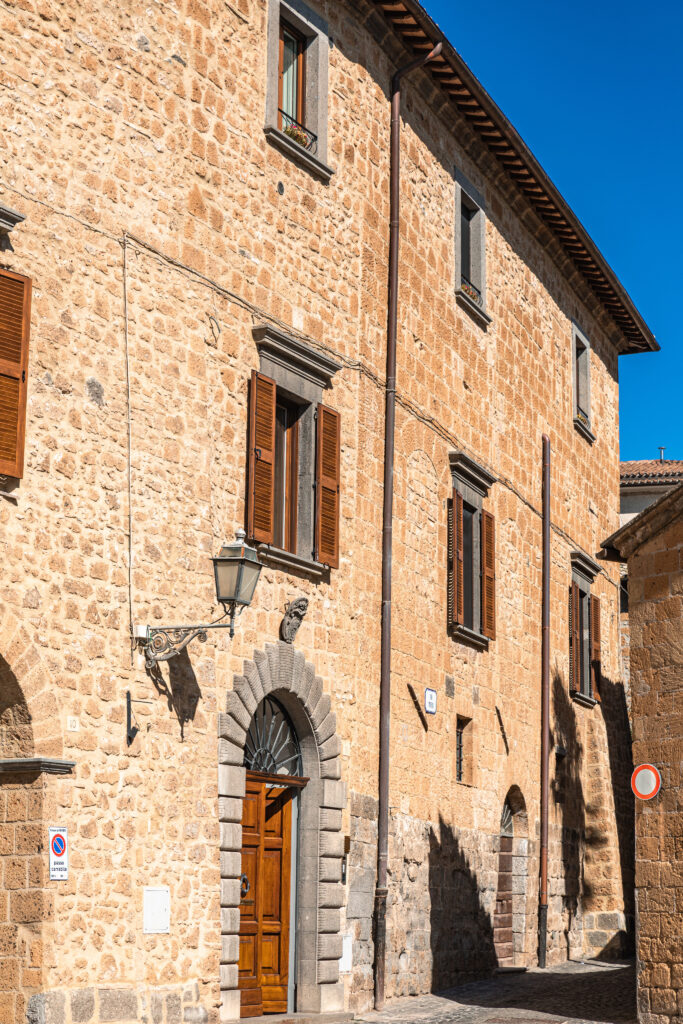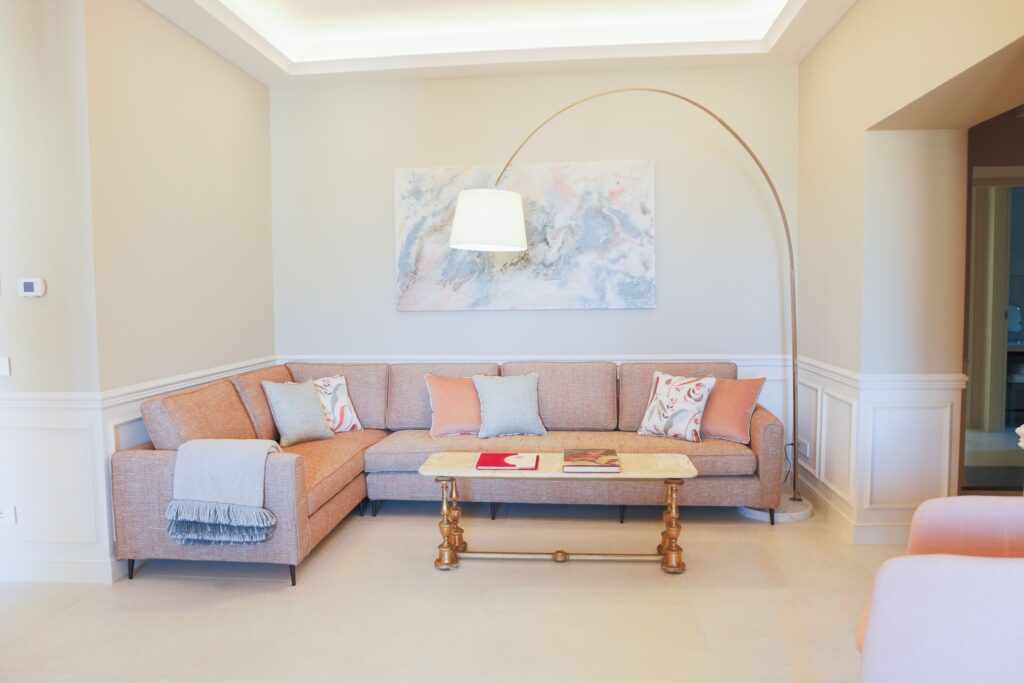Visitor Perspective, by Palazzo Misciattelli: #7, the National Archaeological Museum
In honour of the upcoming 2025 Jubilee, Palazzo Misciattelli is delighted to introduce a series of posts on all the sites included in the Orvieto Carta Unica, from the visitor’s perspective!
#7, the National Archaeological Museum

Exploring the National Archaeological Museum in Orvieto: A Journey Through Etruscan History
Orvieto, a picturesque town perched on a volcanic plateau in Umbria, Italy, is a treasure trove of historical and cultural gems. Among its many attractions, the National Archaeological Museum stands out as a must-visit for anyone interested in ancient history, particularly the Etruscan civilization. This museum, housed in the historic Palazzo Papale, offers a fascinating glimpse into the life, art, and culture of the Etruscans, who were the early inhabitants of this region long before the rise of Rome.
A Brief History of the Museum
The National Archaeological Museum in Orvieto was established in 1982 to preserve and showcase the rich archaeological heritage of the area. The museum’s collection primarily focuses on the Etruscan civilization, which flourished in central Italy from the 8th to the 3rd century BCE. Over the years, numerous excavations in and around Orvieto have uncovered a wealth of artifacts, shedding light on the daily life, religious practices, and artistic achievements of the Etruscans.
Highlights of the Collection
The National Archaeological Museum in Orvieto boasts an impressive collection of Etruscan artifacts, many of which were discovered in the necropolises and archaeological sites surrounding the town. Here are some of the highlights that visitors can expect to see:
1. Funerary Artifacts
The Etruscans had a rich and elaborate burial tradition, and the museum’s collection includes a wide array of funerary artifacts. These include intricately decorated urns, and tombstones, as well as the detached frescoes from the Etruscan tombs of Golini in Porano. The painted scenes, removed from the tomb walls in the mid-20th have been faithfully reconstructed from the originals. They depict Etruscan funerary rites and banquets these fresco’s and other artifacts provide valuable insights into Etruscan beliefs about the afterlife and their funerary customs.
2. Ceramics and Pottery
The museum houses an extensive collection of Etruscan ceramics and pottery, ranging from everyday household items to beautifully crafted ceremonial vessels. Many of these pieces are decorated with intricate patterns and motifs, showcasing the Etruscans’ skill in pottery and their aesthetic sensibilities.
3. Jewelry and Personal Adornments
The Etruscans were known for their exquisite craftsmanship in jewelry making. The museum’s collection includes a variety of jewelry items such as necklaces, earrings, and brooches, made from gold, silver, and bronze. These pieces reflect the Etruscans’ sophisticated taste and their ability to work with precious metals.
4. Bronze Artifacts
Bronze was a favored material for the Etruscans, used in a wide range of objects from everyday tools to elaborate statues. The museum’s collection includes bronze weapons, tools, and decorative items, illustrating the versatility and skill of Etruscan metalworkers.
5. Religious and Ritual Objects
The Etruscans had a complex religious system, and the museum features numerous artifacts related to their religious practices. These include votive offerings, ritual vessels, and items used in religious ceremonies. These objects offer a glimpse into the spiritual life of the Etruscans and their interactions with the divine.
Visiting the National Archaeological Museum: Tips to Enhance Your Visit
- Opening Hours: The museum is generally open daily, but hours may vary, so it’s advisable to check the current schedule before planning your visit.
- Admission: There is an entrance fee of € 4,00 for the museum. Combined tickets that include entry to the Duomo and other nearby attractions are also available.
- Accessibility: All placards in the museum feature an English translation and the museum features very few elevated steps.
- Location: The museum is located in the Palazzo Papalenext to the Duomo of Orvieto, roughly a 5-8 minute walk from Palazzo Misciatteli towards the historic center of town.

Palazzo Misciattelli is a small boutique hotel, an urban haven of contemporary luxury and ancient tradition, your exclusive retreat nestled atop the glorious clifftop city of Orvieto. All sites on the Carta Unica ticket are reachable within a 5-15 minute walk from the Palazzo.
Located halfway between Florence and Rome, the luxury residences are the perfect base for exploring Umbria, Tuscany, and the surrounding Unesco countryside.
Minutes by foot from the breathtaking Duomo and city center, the Palazzo is still privately owned by an ancient aristocratic Italian family. The four-story Palazzo spans 3000 years of history with visible Renaissance and Medieval elements atop Etruscan foundations.
Each luxury residence features opulent decor, sumptuous furnishings, and private living and dining areas. Boasting private gardens and terraces with glorious views, the Palazzo offers a sauna, plunge pool/jacuzzi, fitness room, roof terrace, and elevator. Guests have special privileges at the owner’s countryside properties where they can visit truffle forests, vineyards, and olive groves.

The Carta Unica is a visitor ticket available for purchase online or in the ticket offices of Orvieto, granting access to many important sites in the city. Very few people are able to see all of the sites it offers in a stay of 3-4 days. Can you?
